Zechariah’s Vision Report and Its Earliest Interpreters —— A Redaction-Critical Study of Zechariah 1-8
----- 撒迦利亚的异象报告及其最早的解释者:对撒迦利亚的批判性研究1-8
If Zechariah's vision report (Zechariah 1.8-6.8) reflects the seer's visionary experience, how does that impact our understanding of the gradual growth of the text? Lena-Sofia Tiemeyer builds on the work done in her previous book Zechariah and His Visions (Bloomsbury-T&T Clark, 2014), to demonstrate that the visionary material forms the primary textual layer. The oracular texts constitute chronologically later interpretations. Zechariah and/or later authors/editors sought guidance in the earlier vision accounts, and the oracular material reflects these endeavours. Tiemeyer's investigation is guided by the question: what is the latter material doing with the former? Is it enforcing, contradicting, or adding to it? Using a ratio composed of the difference between the intratexts and intertexts of Zech 1-8, Tiemeyer shows how this ratio is higher in the oracular material than in the visionary material. This difference points to the different origin and the different purpose of the two sets of material. While the earlier vision report draws on images found primarily in other biblical vision reports, the later oracular material has the characteristics of scribal interpretation. By drawing on earlier material, it seeks to anchor its proposed interpretations of the various vision accounts within the Israelite textual tradition. It is clear that the divine oracles were added to give, modify, and specify the meaning of the earlier vision report.
{{comment.content}}

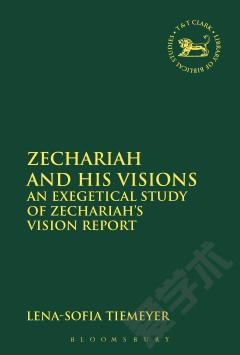
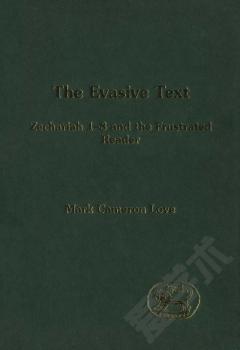
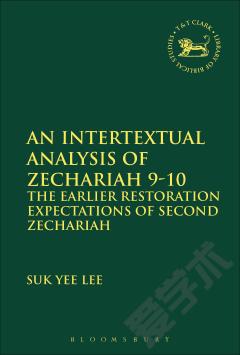
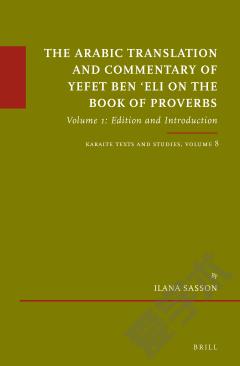

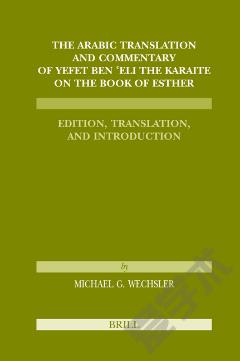

 京公网安备 11010802027623号
京公网安备 11010802027623号